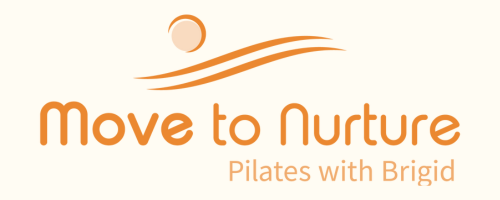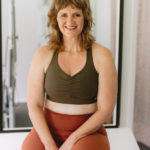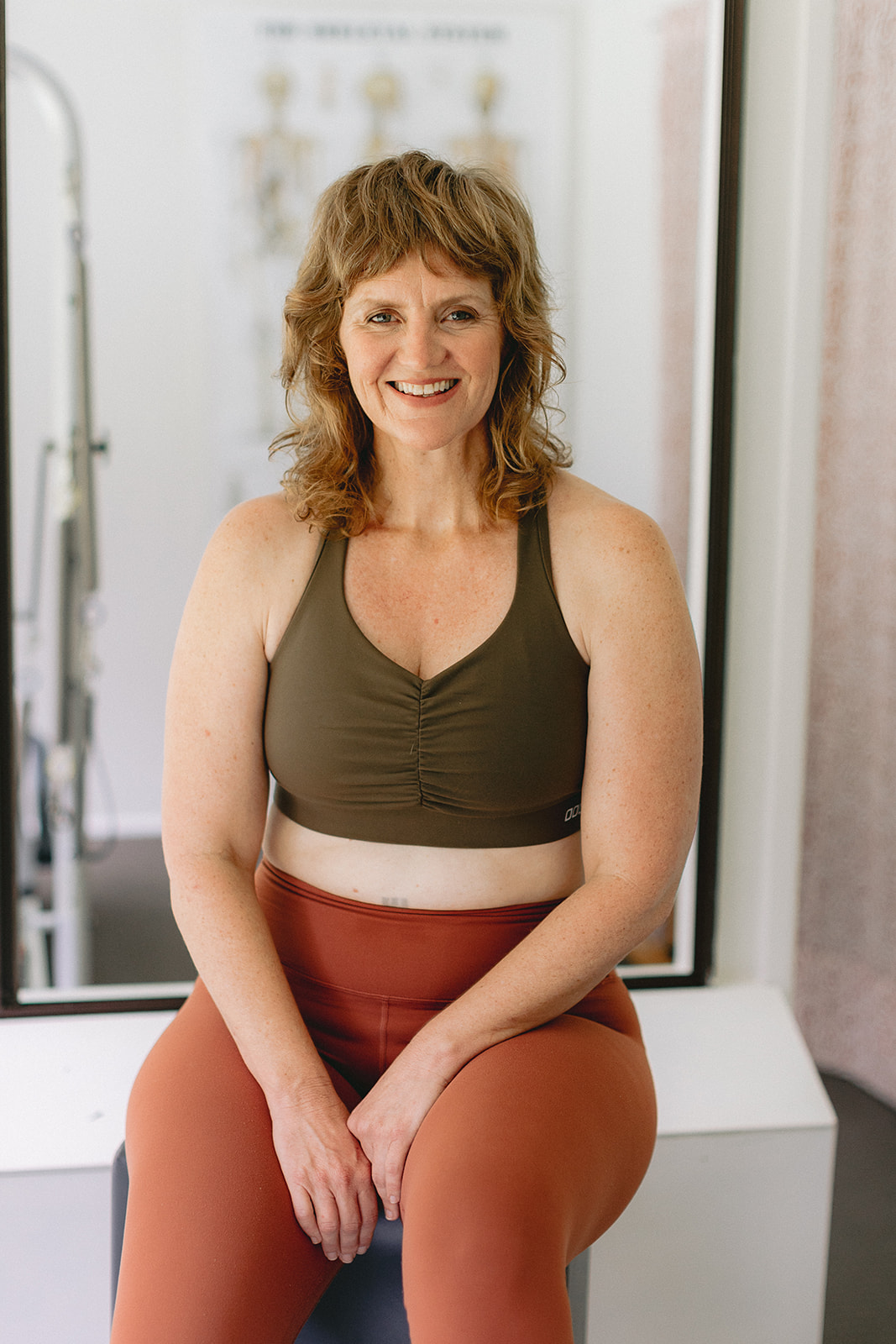You need to build your core strength fast. You may have lower back pain, you may have shoulder and neck pain or you may just know your core is “weak as water” as a client recently said to me. Weak core strength can affect your body negatively in so many ways:
- Hip instability and pain
- Shoulder instability and pain
- Neck pain
- Lower back pain
I seriously love the question ‘ How do I build core strength fast?’ After several abdominal surgeries and pregnancy I have had to rebuild my core strength many times . I love helping people to regain their feelings of strength, energy and confidence.
If you struggle to stand or walk for any length of time it is likely you have a weak core. If after doing any lifting or exertion of any kind you feel sore in low back it is likely you have a weak core. If you struggle to lift the shopping from the car or pick up your child or grandchild it is likely you have a weak core. If you find getting up and down off the floor difficult you probably have a weak core.
Easy does it
Core strength is so important for everyday movement. This article covers my approach and I have one word for you that you may not be expecting – GENTLY. Going too hard too fast with core strength just leads to other muscles compensating resulting in a sore neck or a sore back for your efforts. This is why you will not see crunches, burpees and planks as part of my approach. These exercises can be great but they take a lot of core strength. If you are not there yet it is best to start gently to build your core strength quickly.
This article will outline what’s going on (or not going on) when you are suffering from weak core strength. We will cover some anatomy of your core, the muscle groups and how they work together. Then we will look at a the best approach to building core strength fast both from a mindset and movement approach so you are clear on what you are trying to achieve with the exercises. You will find some of my ‘go to’ exercises further down that I introduce to my clients and include in my mat classes. They are here in order and the idea is to master one before you move onto the next one. Finally I will cover how and when to progress to harder things and how to monitor your progress over time.
Why don’t I have core strength?
There can be many reasons why you have lost core strength. You may have had an injury or surgery that laid you low and you stopped doing physical activity. You may have been pregnant and had babies and your core muscles became stretched and never really reconnected. You may have had abdominal surgery and the layers of core muscles may have not regained their function as well as before.
Another very common reason for lack of core strength is lack of alignment when moving. If your back is stronger than your belly, your back will often take over, this will leave your back feeling tight and your belly feeling under worked. Lack of alignment will affect all your movement through the day for example the way you get down to a chair or the toilet, the way you bend down to pick something up and how you might stand to was the dishes or brush your teeth.
Everyday alignment matters because if your alignment is good all your movements will help to strengthen your core. If you are out of alignment all your movements will reenforce the muscles that are already compensating, usually your back, shoulder snd neck.
How to build core strength fast – mindset
Mindset is important for building core strength because your mindset will determine how you approach the challenge. When we want to build strength often we start with a ‘go hard’ approach, thinking that the harder we work the stronger we will get. For core strength especially this is not the case for two reasons:
- If the exercise is too hard for you, other muscles will compensate and this will reinforce the patterns in your body that are causing your core to be weak
- We only need the right amount of core strength to support our skeleton, if we ‘overwork’ our core muscles this can cause issues for our pelvic floor system and our digestion
Working your core muscles gently so you become very aware when you are fatiguing and other muscles start to take over from your core is an essential mind body connection that needs development when core muscles are weak.
Once you can sense that your core muscles are properly engaged and coordinated (through the layers) and you are aware when and how you compensate when your core gets tired you can then build core strength fast.
It is by going slowly to develop your body awareness that you can know how to level up the load without your core muscles skipping out and other muscles taking over.
Breath is the key
Breath is the key to core strength. Just like a key it can unlock the door but once the door is open it becomes less important. We use the breath to learn to coordinate the many layers of muscles in your core. We pay particular attention to habits like bearing down to get stability and clenching glute (butt) muscles. Once we unlearn these habits and have deep core muscles firing then we can start to activate the core independently from the breath.
The next two videos demonstrate helpful breathing exercises to reconnect with your core muscles. The first video demonstrates ‘Hug the Belly’ breathing. This method helps coordinate the pelvic floor and core muscles with the breath. Before we can load your core muscles we must be able to coordinate them to work together, this breath exercise gets all your layers of muscle in your core working well together.
The next video is 90:90 breathing, with legs up the wall. The purpose of this exercise is to get the core muscles coordinating with your breath without the front of your legs and your butt muscles switching on. If you want to get your core strong, you have to be able to stop using stronger muscles that ‘help out’ when ever your core muscles are on. They have other important jobs to do like give you power and strength, but they can’t do that if they are busy compensating for your core muscles. So give this a go, yes it is subtle, it is as much about what is NOT working as about what IS.
Adding load
When you are able to coordinate your core muscles with your breath we can start to add load. This can be done slowly and mindfully and still get great strength building results. When we load your core muscles we want to get the load just right, too much and other muscles compensate and we don’t get the results we want.
The first video shows a classic exercise in Pilates and general fitness called ‘Dead Bugs’. A number of variations are shown here with attention to form so you can feel out the right level for you.
This second video is called the Elbow Slip, it is a simple, challenging core exercise to try when you have mastered the others. Attention to form is everything, minimising any movement in your hips, protecting your neck by tucking your chin and planting your feet firmly on the ground.
Making Progress
If I haven’t said it enough already, go gently. Get your muscles coordinating with the breath first before you start adding load. When you do add load check your form and how it feels. If the front of your legs are screaming then that’s what is working, not your core.
Also, frequency is everything. You will get better results from doing 5-10 minutes everyday than an 1 hour every two weeks. If you are starting from a low base of core strength frequent short sessions focused on quality movement will be most effective to get your muscles connecting again. Once you are able to do all these exercises with ease you will definitely be ready for a Pilates roll up and from there a teaser.
I am Brigid Pearse a certified Pilates instructor, Pregnancy and Post-natal Exercise Specialist, an ex-dancer and a mum. I run a fully equipped Pilates studio from my home in Lennox Head and I run community Pilates mat classes in Byron Bay, Ballina and online. To receive regular body wisdom sign up below.

I am Brigid Pearse a certified Pilates instructor, Pregnancy and Post-natal Exercise Specialist, an ex-dancer and a mum. I run a fully equipped Pilates studio from my home in Lennox Head and I run community Pilates mat classes in Byron Bay, Ballina and online.
To receive your Safe After Baby Guide to Core Strength enter your email below and select the Post-natal option.






0 Comments